16 Apr
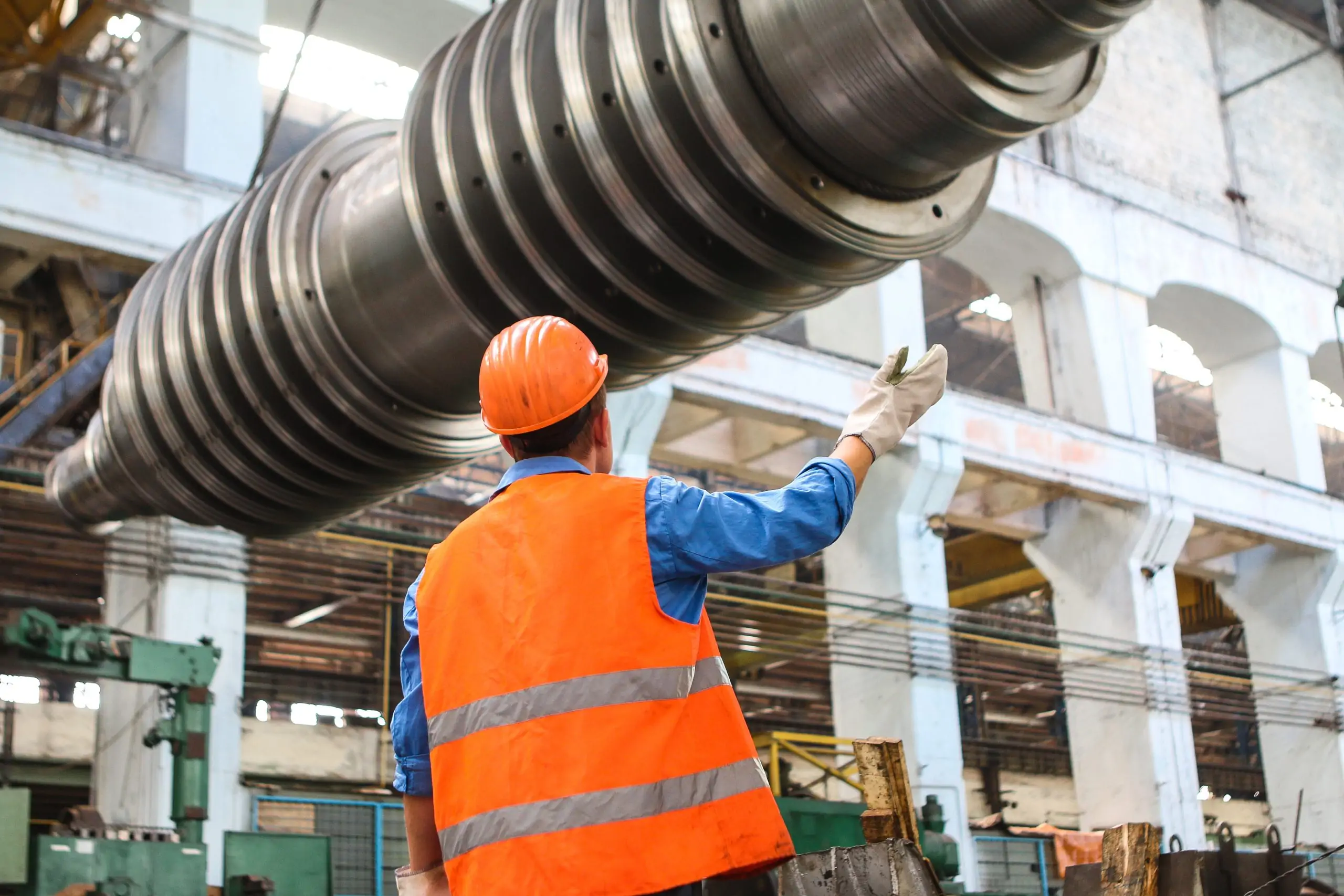
Numerous maintenance professional workers in the service industries are currently working so we can live in peace. They are producing transportation and heating fuels, making sure we have clean drinking water, managing waste water, creating paper products which we might require, including the raw materials for masks and medical supplies, keeping medical research facilities open to make sure that the researchers can focus on vaccine development and so on. Given the quickly changing environment, the need for a well-developed maintenance approach is obvious. Here is our advice on how to manage quality, compliance, and maintenance related tasks during COVID-19 Pandemic:
Fleet Management
Amidst COVID-19, fleet maintenance management has become a challenge for fleet managers and proprietors. With tightening budgets and a need to connect digitally, it’s more vital than ever to guarantee your fleet has an efficient fleet maintenance system in place.
There have been numerous concerns over the fleet industry with respect to a diminish in work. Some fleets may see a moderate down due to potential clients tightening their budgets, whereas others may be busier than regular with an increased amount of cargo or a requirement for delivering supplies locally.
By managing maintenance in a cloud-based management software, fleet managers can create service reminders based on hour interim or mileage to guarantee PM tasks are not neglected. While, PM planning maximizes fleet uptime, it also helps dodge superfluous repair costs in long run.
Due to the coronavirus flare-up, numerous fleet managers and authoritative staff are working remotely to maintain a strategic distance from increasing the spread of the virus. This could demonstrate a challenge for fleet managers who aren’t used to overseeing resources remotely especially if the management is done on paper or on an installed software.
Overseeing maintenance remotely with automated fleet maintenance software guarantees you aren’t investing hours playing phone tag with your in-house mechanics or third-party repairs shops. You’ll be able to automate approvals, monitor work order status in real time and approve maintenance remotely.
While the concern for business remains ever-present, well-being and safety of employees is of the highest priority amid the coronavirus widespread. Ensuring your fleet remains clean helps decrease the spread of virus and keeps both employees and the public safe. The team present on-site should avoid having any kind of contact with their co-workers or clients and guarantee that the vehicles and equipment being used are cleaned every day. The drivers should at all-time wear masks and gloves to avoid potential spread.
Tasks like these can also be added to make sure that sanitizing protocols are being followed by your employees.
Numerous fleet proprietors are concerned over potential shortage within the supply chain within the coming weeks. A lot of parts and hardware is transported internationally, and stakeholders are closely observing any word of issues within the supply chain that might cause downtime.
In order to manage your inventory level, you can use a web-based system that will alarm you if you have low levels of inventory and that way you will be able to avoid any gaps while maintaining your fleet and asset downtime as it is very important to not run out of parts and have that slow down your fleet.
During this COVID-19 widespread it is important to have a clear understanding of your fleet’s expenses. it’s critical to monitor your fleet’s maintenance expenses and total operating costs during this time. Fleet management software automatically calculates your fleet’s TCO to keep you educated.
Asset Management
Considering a stressful situation like COVID-19 a lot of companies will discard their existing procedures in order to reduce their costs to maintain their profitability. If the management think that they don’t need maintenance because there isn’t much activity, they’re wrong because it will lead company for chaos and failure once it all settles down.
If we take into account, the companies which have faced a rapid decrease in their revenues due to Corona virus, their management feels that there is a need to cut down costs which leads to the elimination of maintenance.
It is important to understand that without maintenance the unplanned downtime increases which leads to generation of lesser revenue and also leads to delay in shipments which results in customer dissatisfaction therefore, resulting in decline of brand value, revenues and shareholder value.
In order to save yourself from a chaos like this, you need to think and consider going past simply supporting the current maintenance strategies and should improve and update the existing maintenance strategies for important assets.
Manufacturing Management
Numerous manufacturers are getting progressively worried about breakouts in their plants on the production site can be damaging to them, conceivably influencing employee health, third-party exposure, and output production. There are a few ways in which you can keep your facility running in this time of plant shutdowns and lockdowns. It is important to follow CDC’s recommendations and make sure everyone adheres to them. Similarly, go through the. Also, implement preventive maintenance procedures in the manufacturing plant. It is also advisable to use a computerized maintenance management system (CMMS) to help solve these problems and make your plant safe.
Facility Management
With the outbreak of COVID-19, it is the duty of facility managers as being accountable for the maintenance of organization and buildings. It is their responsibility to develop and implement prevention and containment strategies in the workplace. You can prevent the virus from spreading by making flexible work arrangements for your employees i.e. by introducing measures to work from home or by working in shifts so there is less concentration of personnel within the organization. It is also important to reduce the number of staff present in the same space, it is advised that the staff should not exceed 50% of the maximum capacity whether it’s in the elevators, departments or production site. The employees should avoid greeting or shaking hands with each other, clients or anyone from the work space to prevent the spread of the virus. It is also advised to install sanitizers in places such as conference rooms, cafeterias, entrance doors and resting areas. Cleaning schedules should be reinforced in order to lessen the probability of the spread. It is also important to aware and educate the staff responsible for cleaning in the organization about the matter and guide them to follow a proper procedure as decided by the management. Air circulation through centralized air conditioning or ventilation systems should also be disabled as it helps in the spread. As we all know that this virus has taken over the globe, it is justified to say that international trips should also be avoided by the facility managers during this time. During this time the policies being followed for sick leaves should be flexible and in accordance with the national healthcare recommendations. In order to spread awareness about the prevention, there should be posters in the organization outlining rules and recommendations about hand hygiene, coughing and sneezing, as well as instructions on what to do in case an employee suspects of an infection.
Cattle Processing Management
The increase in COVID-19 pandemic has caused management issues in cattle processing management. It is important to guarantee that there is minimal disturbance in the daily operations. In order to do that it is important to work with as less number of people as you can. Ask the ones who are most at risk like older people and kids to stay at home. Encourage people who are working to wash their hands multiple times in a day. Make people work in shift and advise them to maintain a good distance from each other while working. For this, you will need to draw a plan for the work area and then assess it for efficiency and flow of work. Brief your employees about the workflow and ask them to point out flaws which might be faced and take corrective actions to eliminate them before implementing it. Workers should also use protective equipment like masks and gloves while working. Also, consider processing smaller groups of cattle over multiple days so less personnel are required.
EcoDocs is a cloud-based CMMS software that organizes, tracks, and schedules your quality, compliance, and maintenance management tasks, making your workers more agile and productive.


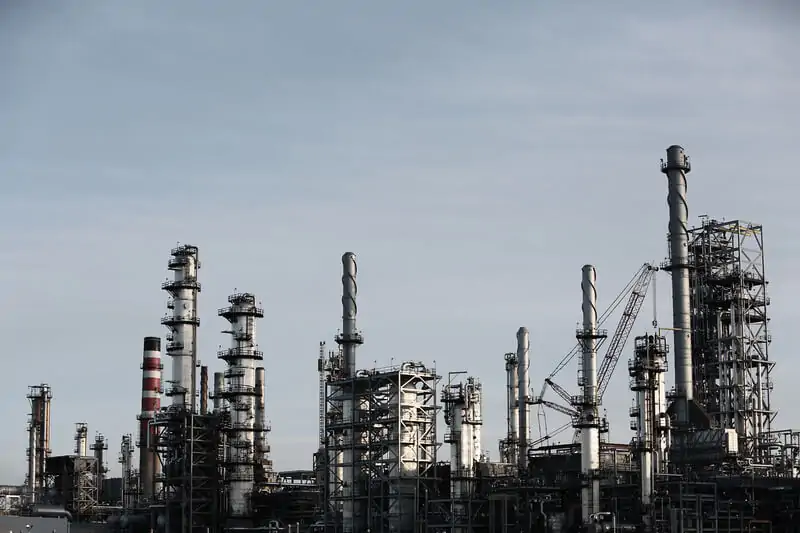
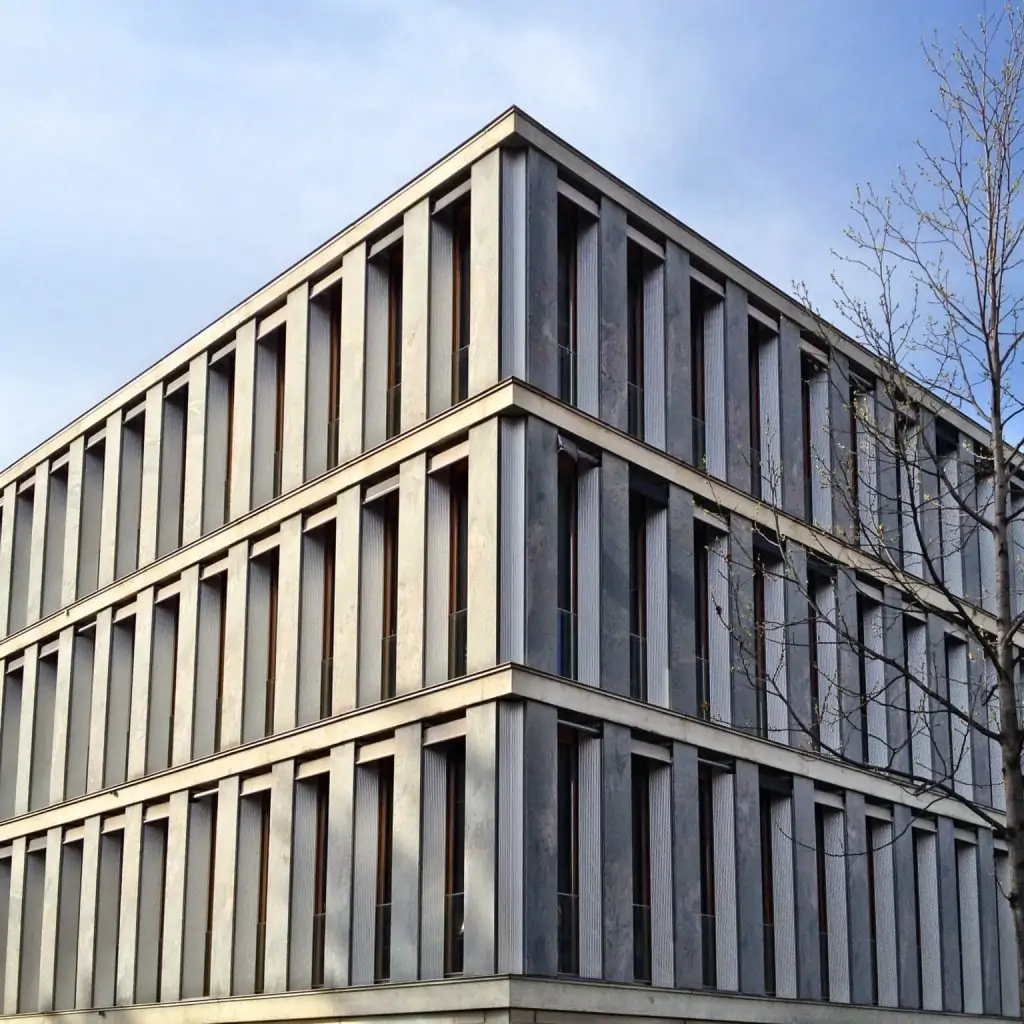
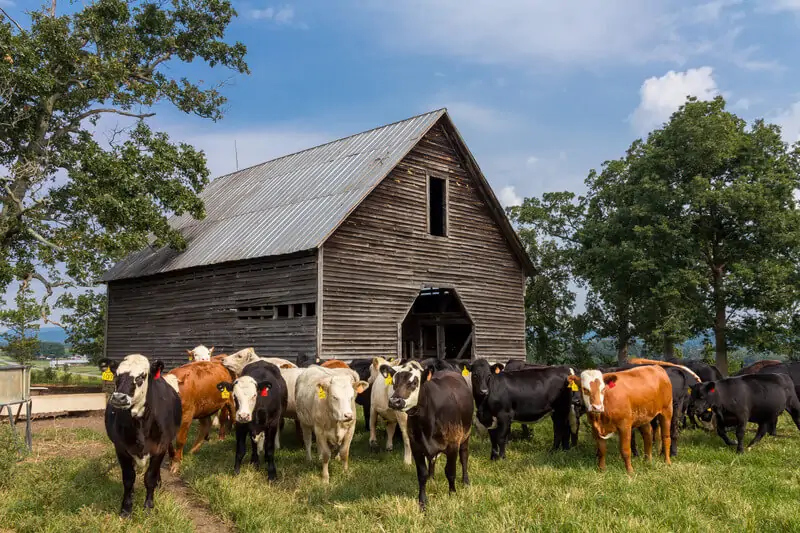

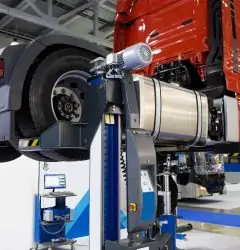


Ecodocs